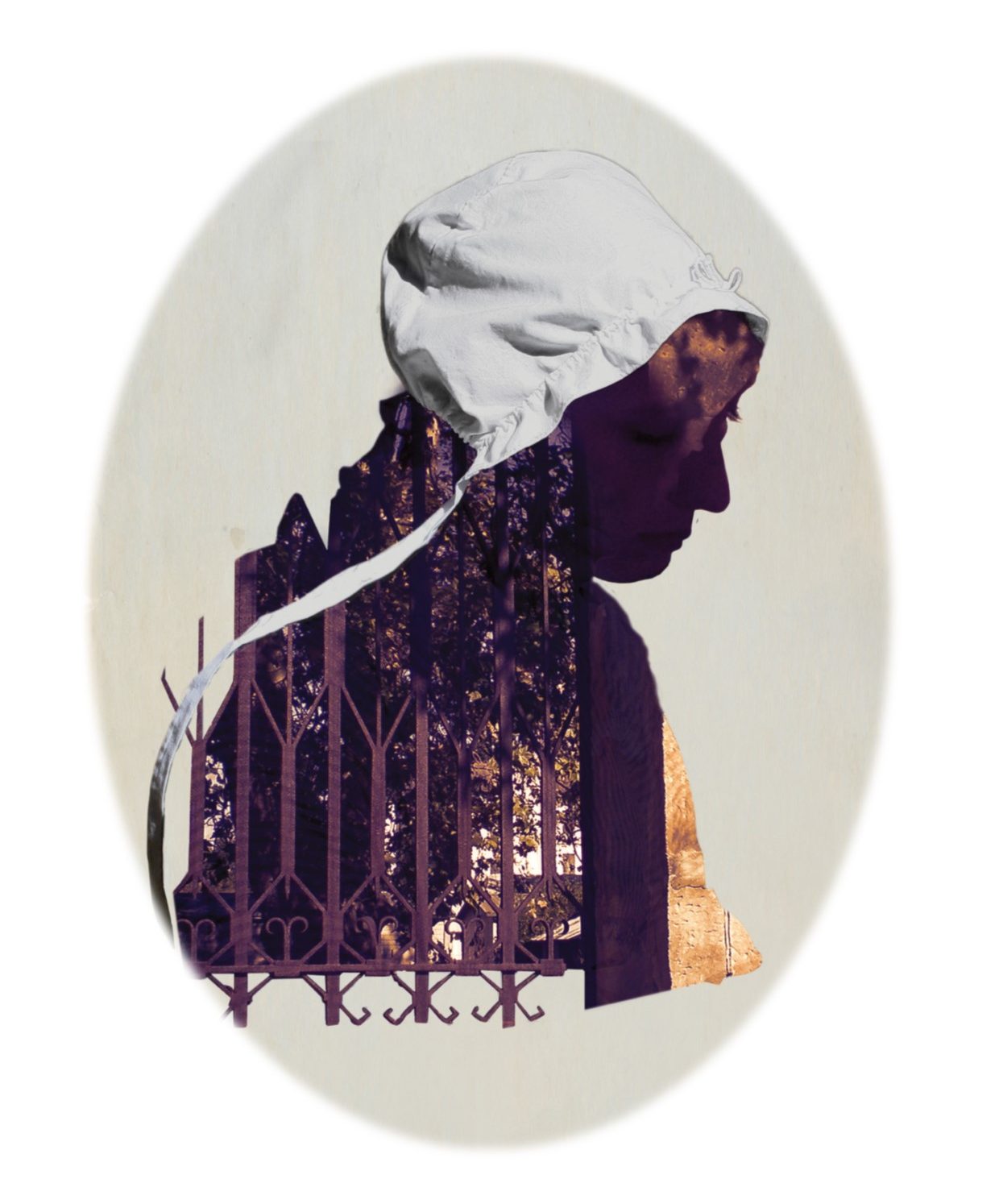
In the first Female Factory, the room above the gaol, there were no classes. The first distinction was put forward in 1821 for the Macquarie commissioned Parramatta Female Factory. By the late 1820s the factory was split into 3 classes with the intent to better control the women.
1st class was for women not assigned at the docks of Sydney Cove, waiting for or returned from assignment or well behaved inmates.
2nd class consisted of women who committed minor offences in the Female Factory.
The 3rd class was for offences such as prostitution, pregnancy, bodily harm or theft of property with high value. Second class women who were frequently insolent could also be demoted to 3rd class.
There was also a penitentiary aspect for women who committed a crime in the colony. Main offences for convict women were: drunk and disorderly, continued drunkenness, pregnancy while on assignment, prostitution or serious crimes such as theft or bodily harm. This is a sample of a punishment record. Punishments in the factory ranged from 14 days to a number of years.
Originally time in solitary was in paired solitary cells and later in the Governor Gipps commissioned cells in the 1830s courtyard addition. Abstracts of punishments at the female factory showed that bread and water and class demotions were the most common ones. The longest period identified for bread and water was one month, following the 1827 ‘riot’ (also known as workers action).There was also a cap of disgrace and there is a record of one woman being chained to wood.
The feared punishment was head shaving which had its origins in British prisons (Millbank quote) A warder at Millbank (a British prison) noted convict women’s responses before transportation: Oh yes they would sooner lose their lives than their hair.[i]
[1] Mayhew, Henry The Prisons of London and Scenes of Prison Life, London, 1862, p.273

You must be logged in to post a comment.